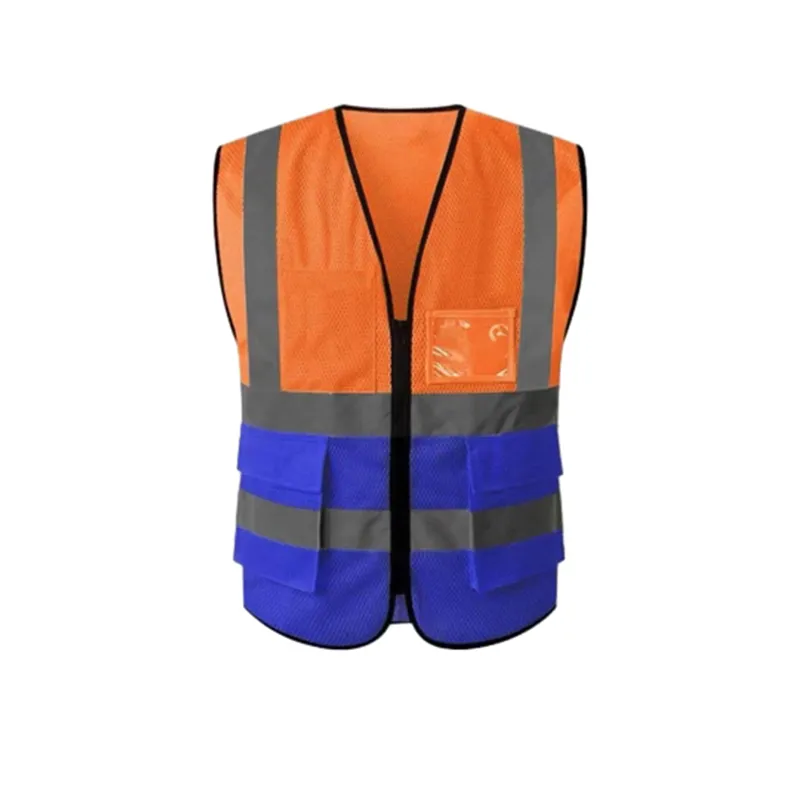- Afrikaans
- Albanian
- Arabic
- Armenian
- Basque
- Belarusian
- Bengali
- Bulgarian
- Croatian
- Czech
- Danish
- Dutch
- English
- Esperanto
- Finnish
- French
- German
- Greek
- Hebrew
- Hindi
- Indonesian
- irish
- Italian
- Japanese
- Javanese
- kazakh
- Rwandese
- Korean
- Kyrgyz
- Latin
- Latvian
- Luxembourgish
- Malay
- Myanmar
- Nepali
- Persian
- Polish
- Portuguese
- Romanian
- Russian
- Serbian
- Slovak
- Spanish
- Swedish
- Tagalog
- Tajik
- Turkish
- Ukrainian
- Uzbek
- Vietnamese
Oct . 01, 2024 11:23 Back to list
Choosing the Right Industrial Hand Gloves for Optimal Protection and Comfort
The Importance of Industrial Hand Gloves in Workplace Safety
In various industries, worker safety is a top priority, and one essential piece of personal protective equipment (PPE) that plays a crucial role in safeguarding employees is industrial hand gloves. These gloves are designed to protect workers’ hands from a wide range of hazards, including chemical exposure, cuts, abrasions, and extreme temperatures. With the constant evolution of industrial processes and the introduction of new materials, the significance of selecting the right type of hand gloves cannot be overstated.
Understanding the Risks
Industries such as manufacturing, construction, and agriculture pose significant risks to workers’ hands. According to the U.S. Bureau of Labor Statistics, hand injuries are among the most common types of workplace injuries, accounting for a substantial percentage of reported incidents. These injuries can lead to lost work days, decreased productivity, and even long-term disabilities. Thus, proper hand protection is not only a legal obligation under occupational safety regulations but also a moral responsibility for employers.
Types of Industrial Hand Gloves
The variety of industrial hand gloves available on the market is vast, and choosing the right type involves understanding the specific risks associated with a given task
. Here are some common materials and their applications1. Leather Gloves Known for their durability and resistance to abrasions, leather gloves are commonly used in industries involving heavy machinery or sharp objects. They provide excellent grip and comfort while protecting against cuts and punctures.
2. Rubber and Latex Gloves Ideal for chemical handling, rubber and latex gloves offer excellent protection against harmful liquids and substances. They are widely used in laboratories and processing facilities where exposure to hazardous materials is imminent.
3. Cut-resistant Gloves Designed specifically to protect against cuts and lacerations, these gloves are made from materials such as Kevlar or high-performance polyethylene. They are increasingly used in manufacturing settings where workers handle sharp components.
4. Heat-resistant Gloves In industries involving high temperatures, such as metalworking or cooking, heat-resistant gloves are essential. These gloves are designed to withstand extreme heat while providing dexterity and comfort.
industrial hand gloves

5. Anti-vibration Gloves For workers using power tools and machinery, anti-vibration gloves help reduce the risk of hand-arm vibration syndrome (HAVS), a condition that can lead to nerve damage. These gloves provide cushioning to absorb vibrations and protect the hands over prolonged use.
Best Practices for Hand Protection
To maximize safety, both employers and employees should follow best practices when it comes to hand protection
- Risk Assessment Employers should conduct thorough risk assessments to understand the specific hazards present in their work environments. This information will guide the selection of appropriate gloves.
- Training Employees should be trained on the proper use and limitations of hand gloves. They should also know how to inspect gloves for damage and when to replace them.
- Comfort and Fit Gloves should fit properly to provide comfort and dexterity. Ill-fitting gloves can hinder movement, leading to accidents and injuries.
- Replacement Protocols Establishing a clear protocol for the replacement of gloves is crucial. Regular inspections can help identify wear and tear before gloves fail to provide necessary protection.
- Cultural Commitment to Safety Creating a workplace culture that prioritizes safety and encourages employees to report hazards can lead to a more proactive approach to hand protection.
The Bottom Line
Industrial hand gloves are a vital component of workplace safety, providing essential protection against a multitude of hazards. By investing in the right type of gloves and fostering a culture of safety, employers can significantly reduce the risk of hand injuries, promoting better health and productivity among their workforce. As industries continue to innovate and evolve, staying informed about the latest advancements in hand protection will be key to ensuring the safety and well-being of workers. With the right tools and a commitment to safety, we can all work towards a safer industrial environment.
-
Work Reflective Vest: A Silent Guardian of Security
NewsJul.10,2025
-
Vest Reflective Safety: A Safety Lighthouse in Low Light and High Traffic Environments
NewsJul.10,2025
-
Soft Cotton Polo Shirts: A Fashionable and Practical Choice for Multiple Scenarios
NewsJul.10,2025
-
Soft Cotton Polo Shirts: A Fashionable and Practical Choice for Multiple Fields
NewsJul.10,2025
-
Reflective Vest: The Light of Industry and Outdoor Safety Protection
NewsJul.10,2025
-
Polo Shirt: A versatile and fashionable item that can be worn in one outfit
NewsJul.10,2025




